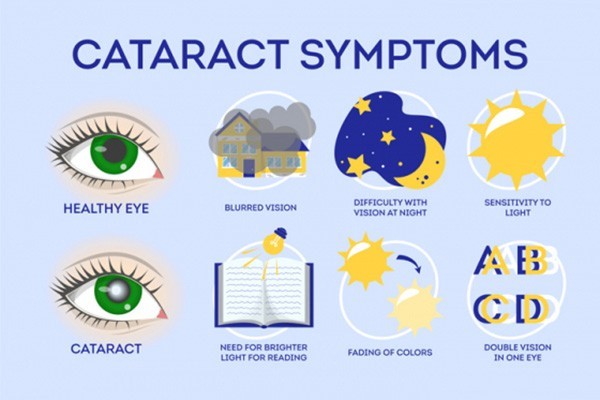A nurse is teaching a client with newly diagnosed hemophilia about home care practices. What statements by the client indicate that teaching has been effective? Select all that apply.
“I will use a soft toothbrush to decrease bleeding from my gums.”.
“If I get a headache, I will take ibuprofen instead of aspirin.”.
“I will report excessive bleeding to my provider and use precautions to protect my head and joints.”.
“I need clotting factor treatments for the rest of my life if a bleed occurs.”.
“I may experience warm, painful joints and should apply heat if that occurs.”.
Correct Answer : A,C
Choice A is correct because using a soft toothbrush can decrease the risk of bleeding from the gums, which is a common site of bleeding for people with hemophilia.
Choice C is correct because reporting excessive bleeding to the provider and using precautions to protect the head and joints are important aspects of home care for hemophilia.
Choice B is wrong because ibuprofen is a nonsteroidal anti-inflammatory drug (NSAID) that can interfere with platelet function and increase bleeding tendency. People with hemophilia should avoid NSAIDs and use acetaminophen instead for pain relief.
Choice D is wrong because clotting factor treatments are not only needed when a bleed occurs but also as a preventive measure to reduce the frequency and severity of bleeding episodes. People with severe hemophilia need regular clotting factor replacement therapy for the rest of their lives.
Choice E is wrong because warm, painful joints are signs of joint bleeding, which is a serious complication of hemophilia that can lead to permanent joint damage.
People with hemophilia should not apply heat to their joints, but rather use ice packs, compression, elevation and rest to reduce swelling and pain. They should also seek medical attention and receive clotting factor replacement therapy as soon as possible.
Nursing Test Bank
Naxlex Comprehensive Predictor Exams
Related Questions
Correct Answer is ["A","E"]
Explanation
Olanzapine is an antipsychotic drug that can cause weight gain and increased blood sugar as common side effects.
Therefore, the nurse should monitor the client’s weight and blood sugar regularly to prevent complications such as obesity and diabetes.
Choice B is wrong because olanzapine does not affect skin turgor, which is a measure of hydration status.
Choice C is wrong because olanzapine does not cause falls, although it may cause dizziness or unsteadiness as side effect.
Choice D is wrong because olanzapine does not cause significant changes in blood pressure, although it may cause orthostatic hypotension (a drop in blood pressure when standing up) as a side effect.
Correct Answer is A
Explanation

Cataracts are a condition where the lens of the eye becomes opaque, causing impaired vision. Blurred or cloudy vision is a common symptom of cataracts.
Some possible explanations for the other choices are:
Choice B. Burning sensation in the eye. This is not a typical symptom of cataracts, but it could indicate an infection, allergy, or dry eye syndrome.
Choice C. Inability to produce tears. This is also not a typical symptom of cataracts, but it could indicate a problem with the lacrimal glands or ducts that produce and drain tears.
Choice D. A swollen lacrimal gland. This is not a symptom of cataracts, but it could indicate an inflammation or infection of the lacrimal gland, which is located near the upper eyelid.
Normal ranges for visual acuity are 20/20 for normal vision and 20/40 for mild impairment. Visual acuity can be measured using a Snellen chart or other methods.
Whether you are a student looking to ace your exams or a practicing nurse seeking to enhance your expertise , our nursing education contents will empower you with the confidence and competence to make a difference in the lives of patients and become a respected leader in the healthcare field.
Visit Naxlex, invest in your future and unlock endless possibilities with our unparalleled nursing education contents today
Report Wrong Answer on the Current Question
Do you disagree with the answer? If yes, what is your expected answer? Explain.
Kindly be descriptive with the issue you are facing.
